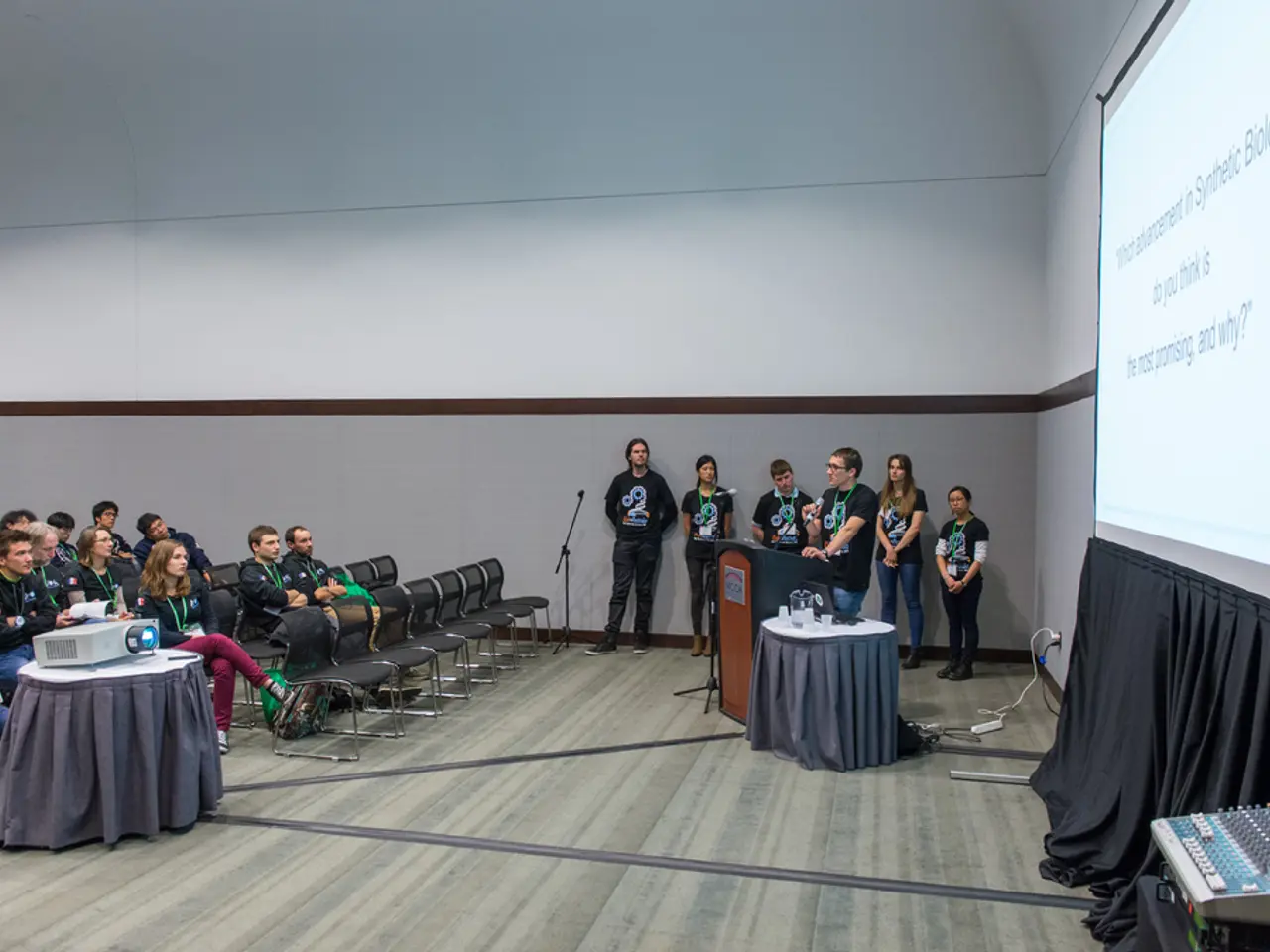Employers are imposing and overseeing workplace attendance at a peak level seen in half a decade
U.S. Companies Embrace Hybrid Work and Expand Office Presence
According to a recent report by CBRE, U.S. companies are making significant strides in bringing employees back to the office, with a focus on hybrid work schedules and expanding office footprints.
Approximately 51% of organizations expect employees to work in the office for three days a week, with 9% requiring four days, indicating a shift towards hybrid return-to-office policies rather than full-time mandatory presence. This move towards flexibility is a response to the changing work landscape and the need for a balanced approach that caters to both employee needs and business requirements.
The report also reveals that, despite office vacancy rates near historic highs, 67% of companies plan to maintain or even expand their office space over the next three years. This decision is driven by the aim to achieve an average of about 3.2 days in-office attendance per week.
The tenant experience has become "more important than ever," with companies focusing on creating positive environments for all employees and amenities that connect well with the community. This approach is designed to encourage lease renewals and foster a sense of belonging among employees.
New office construction activity remains low, with deliveries in 2025 expected to be only about 25% of the volume seen in 2019. This scarcity of new prime office supply is shifting demand towards more affordable, Class B office properties for some tenants.
Investment activity is seeing a comeback, with larger office transactions (deals over $100 million) increasing, particularly in metropolitan submarkets like central London. This renewed interest in office assets also includes overseas buyers, reflecting a broader trend in the market.
However, the report also highlights a concern shared by nearly half of the companies surveyed - the availability of high-quality office space over the next three years. This underscores the need for thoughtful planning and strategic decision-making as companies navigate the evolving office landscape.
In conclusion, while remote and hybrid work remain important, U.S. companies are generally pushing for increased office presence with hybrid attendance of roughly 3 days per week, and many are maintaining or expanding their office footprints, supported by improved tenant experiences and market dynamics of constrained new construction.
- Despite the high office vacancy rates, nearly 67% of companies plan to maintain or even expand their office space over the next three years, indicating a shift in focus towards investing in real-estate.
- To cater to employee needs and business requirements, companies are creating positive office environments that include amenities connecting well with the community, with the goal of fostering a sense of belonging among employees and encouraging lease renewals.
- Investment activity in office assets is seeing a comeback, with an increase in larger transactions, particularly in metropolitan submarkets and overseas markets, suggesting a revival in the finance industry's interest in the office industry.




